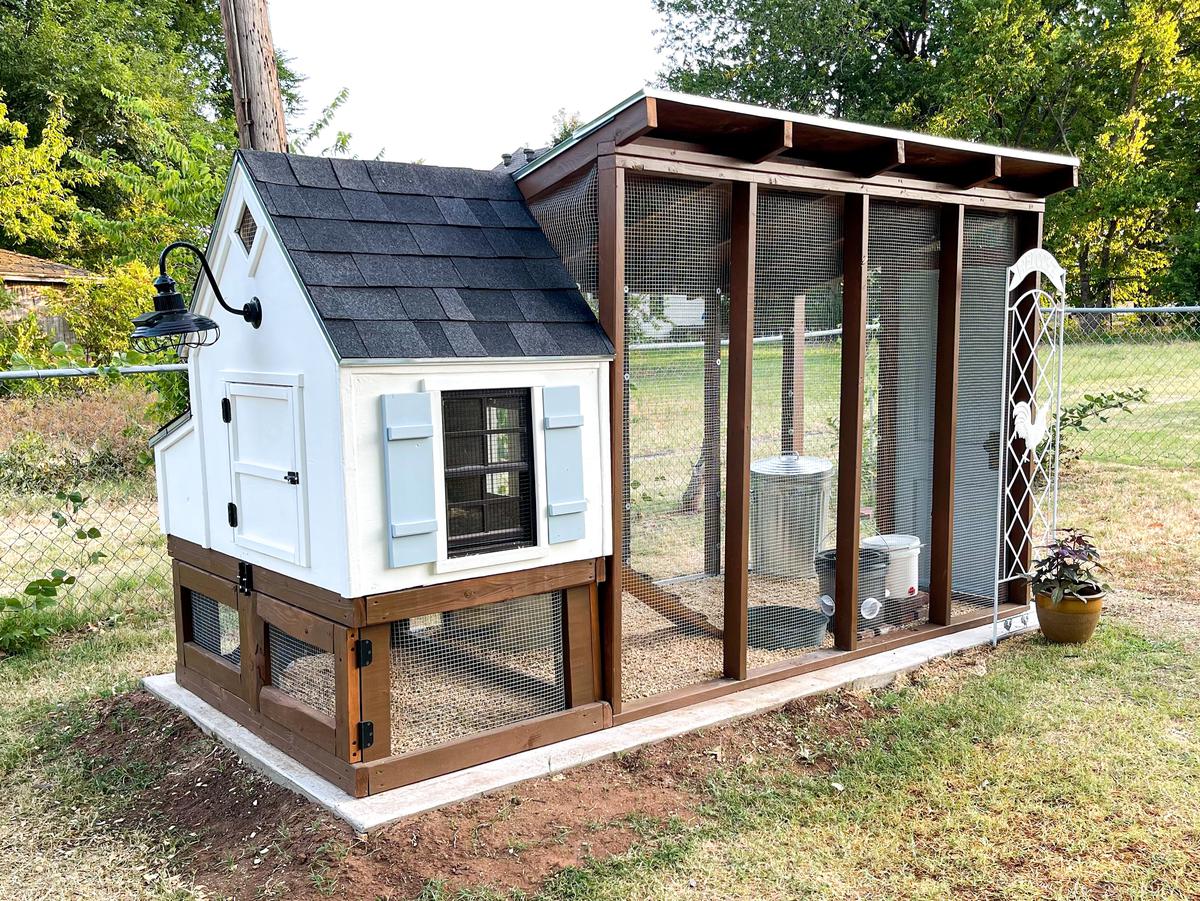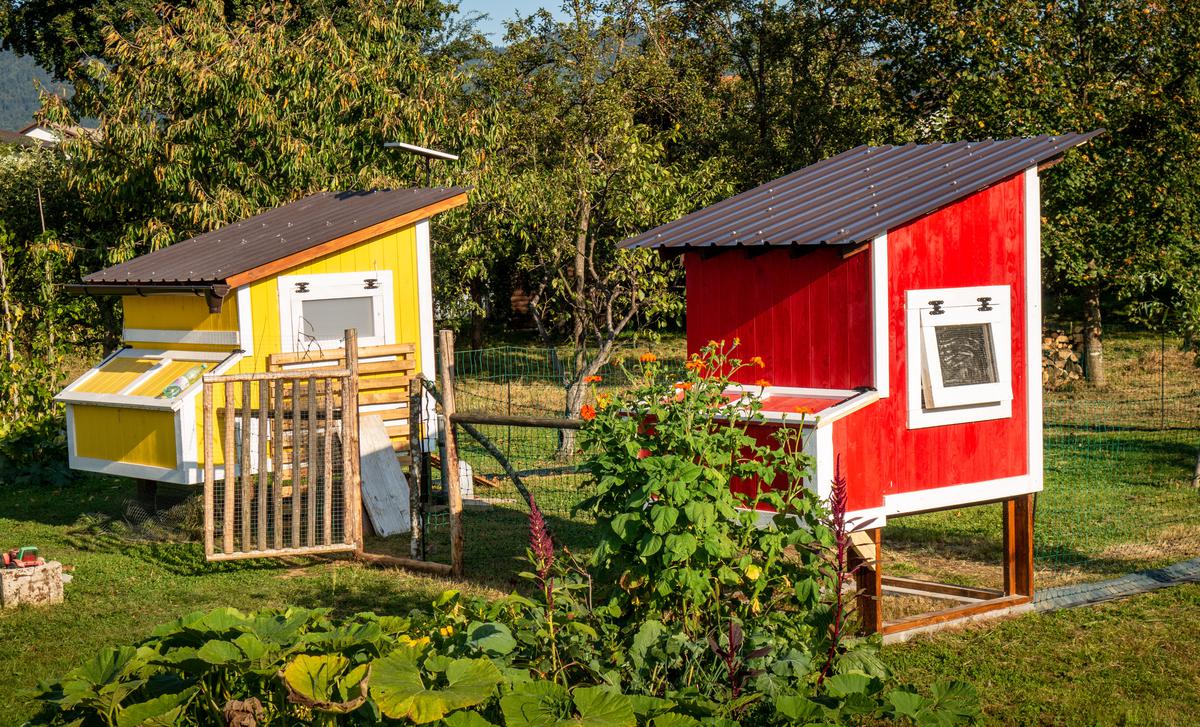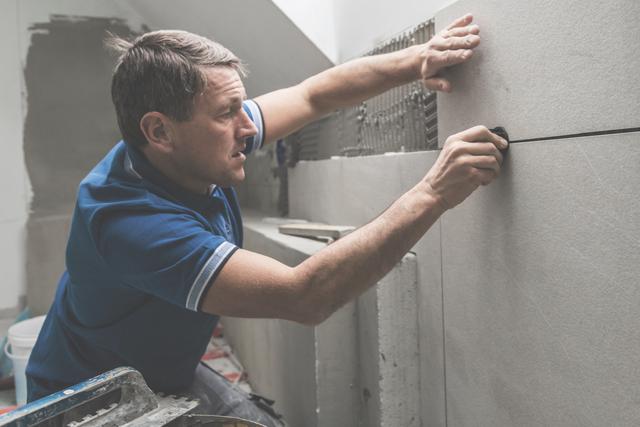Since you need three square feet of room per chicken, your forward and rear panels will be about nine by five feet, making your coop nine feet long, five feet wide, and five feet high. The roof will have to be slightly larger so that you have a good margin of error, meaning it will need to be about ten feet long and six feet wide.
For the run hardware mesh enclosure, a decent-sized run will have to be about ten feet long and nine feet wide, and the height can be lowered by at minimum three feet. You’ll need hardware mesh and a few planks of wood framing to enclose the run adequately. If you have a falcon problem, one good chicken coop idea is to enclose the top of the run with hardware mesh, meaning you’ll need a ten-foot by nine-foot section of mesh.
Doors and Ventilation
If you want your chickens to be free range, you need a door to keep them safely locked up during the night and then let them out in the morning. You could get a simple chicken coop door from any hardware store and leave it at that, but we recommend considering an automatic option. Automatic chicken coop doors are programmed to open in the mornings and close at night, saving you plenty of time for other home projects. Moreover, an automatic door also gives you peace of mind since you can be sure your chickens are safely locked away from predators every night.
There are also extra solar electric goodies that you can use to bring your DIY chicken coop into the twenty-first century. Solar chicken coop lights are essential nowadays as they increase hen productivity by providing extra light in the coop. We also recommend incorporating a chicken coop heater into your design. These are easy to find at any big box store and keep your hens going strong even on the coldest of winter days.
Ventilation is another vital detail of any chicken coop design. As any qualified HVAC contractor will tell you, ventilation helps keep moisture out, prevents mold growth, keeps the air fresh, and keeps indoor temperatures mild. The rule of thumb is that you want to have one square foot of vents for every ten square feet of floor space. It’s also a good chicken coop idea to add at least one window to your coop as this will further improve ventilation and let some light in.












comments